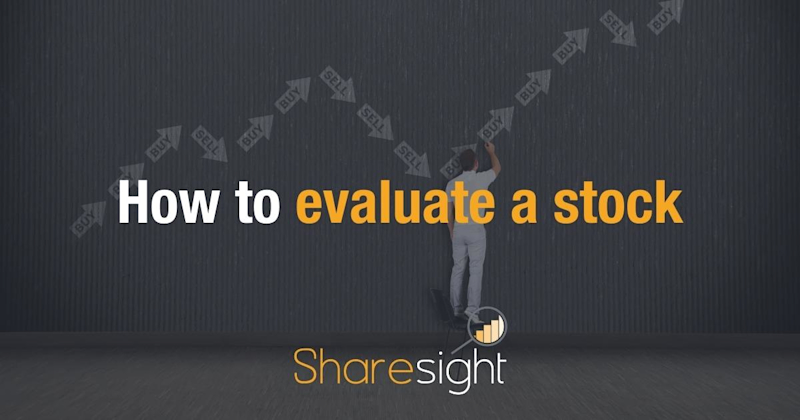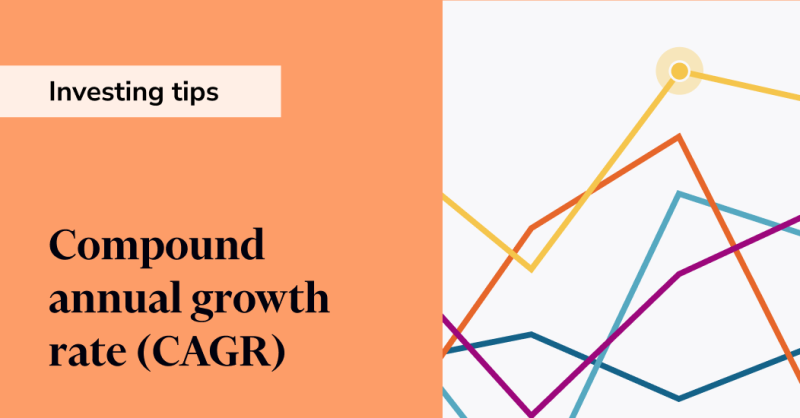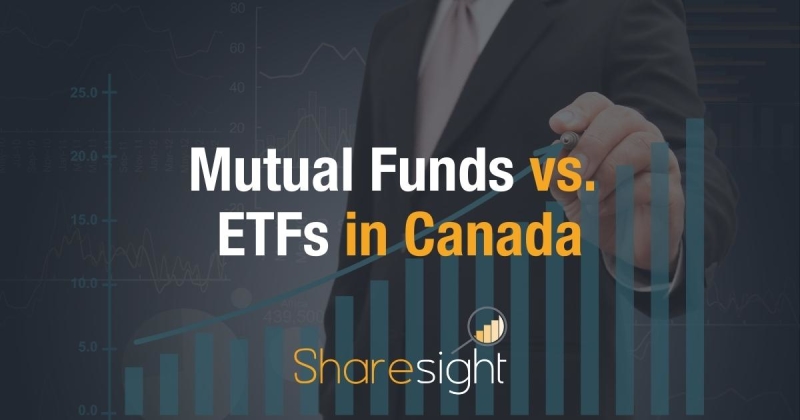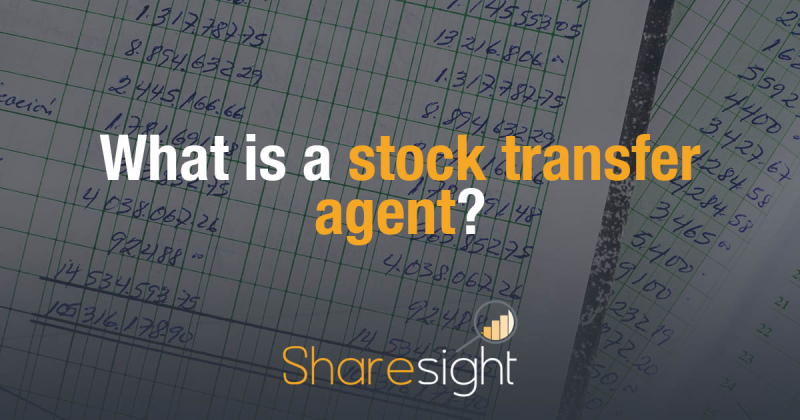Latest posts

What’s driving investors: Mind or emotions?
Diversiview analyses Australian investors’ preferences in Q1 2022, with an emphasis on the risks and performance of the Top 20 preferred ASX securities.

What is Modern Portfolio Theory?
To learn more about Modern Portfolio Theory and whether you should consider this investing strategy for your portfolio, keep reading.

What is an ex-dividend date?
If you own any dividend paying stocks, it’s important to understand what ex-dividend dates are and how they might shape your personal investing strategy.

How mergers and acquisitions affect your investment performance
Sharesight makes it easy for investors to track mergers in their portfolio, simplifying CGT calculations and giving them the full picture of their performance.

How investors can optimise diversification using AI and technology
Sharesight and Diversiview LENSELL discuss how investors and financial advisors can optimise diversification, improve portfolio performance and mitigate risk.

Experts weigh in on market volatility for 2022
We speak to seven experts in the Australian investing market to find out the key trends investors need to look out for in 2022.

How to evaluate a stock
Investing in share markets may be easier than ever, but evaluating which shares to buy still takes some skill. Keep reading to learn how to evaluate a stock.

What are the advantages and disadvantages of family trusts?
A family trust is a discretionary trust that is used in Australia to hold the wealth and assets of a family. Learn more in this article from LegalVision.

What is the Compound Annual Growth Rate (CAGR)?
The CAGR is one of several metrics investors can use to measure and compare the past performance of investments or project expected future returns.

Mutual Funds vs. ETFs in Canada
In this blog we’ll explore how mutual funds and ETFs differ, and what you need to look out for if you’re a Canadian looking to invest.

4 ways to reduce your investment risk
If the thought of potentially losing the money you invest scares you (you’re not alone), don't reject investing entirely, here's how to reduce investment risks.

What is a stock transfer agent?
A stock transfer agent acts as the official record keeper for publicly traded companies to track the individuals/entities that own stocks or bonds in a company.
